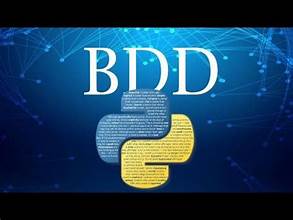Duration
21 hours (usually 3 days including breaks)
Requirements
Understanding of Database and statistics
Overview
Audience
*KDB+/Q developer
Format of the course
50% lectures, 40% labs, 10% tests
Course Outline
Backgrounds:
KDB+ is widely used in Financial industry and others. It is in-memory, column based, efficient especially procient tp process Financial data set. Many investbanks, hedged funds and prop-trading hours emploited KDB+ to many data analytics and data services. KDB+ play a significant role in analysis in back testing and daily trading, find out root cause and improve trading quality and efficiency.?Python is also widely used in Finiancial industry and it can manipulte KDB+ easily, provide many libs to do analysis.
In this course, will introduce how Q/KDB+/Python are used in Financial industries(how to store data, how is the data API used, how is gateway exploited to support concurrent connnections, trouble shooting and??support on KDB+ and etc) and many senarios and relevant solutions.
What’s the advantage of KDB+ in financial analysis?
– Senarios
– Performance & Efficiency
– which kind of financial dataset
KDB+ fundamentals
– type definiation & cast
– functional select/update/delete
– functions/lamda, sync/async function invocation
– web socket support
– file compression
– sym enumeration and denumeration
– splay table and partition
How can we deploy KDB+
– tickplant
– RDB/HDB
– gateway/API
– Reporting
How can we access KDB+
– Q
– Python
– R
– Java
– C/C++
How can import data from other data source into KDB+?
– txt/csv
– html/web page
– SQL Server









